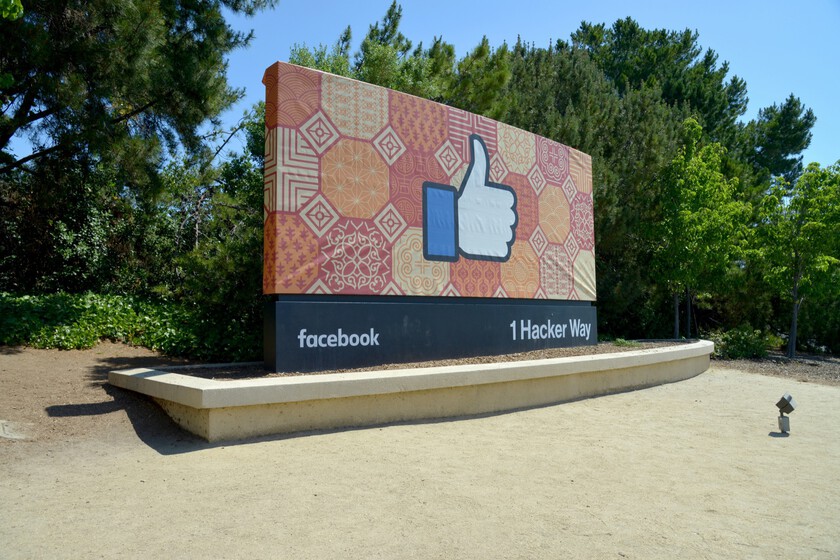If we look at the bronze age map, we observe that much of Europe and the Middle East are the protagonists of the old bronze period. For a long time it was estimated that Egypt was the only focus of metallurgical development in Africa during the Bronze Age. For years, we thought that the rest of the territories were empty and it was with the Phoenicians when settlements and metal development began. We were wrong.
And young archaeologists have shown that Morocco was more connected to other Mediterranean regions of what we thought. And the Kack Kouch settlement is the test.
The Phoenicians. The Maghreb was an absent zone in the debates about late prehistory in the Mediterranean region. It was known that he received some influences from the European bronze, but they were pieces, because they did not produce their own metallurgy until the colonization of the Phoenicians. Morocco arrived around 800 AC, founding colonies like Lixus, but it turns out that there were already stable settlements on the Mediterranean coasts of Africa.

In North Africa, the representation is Egypt … and it ended


Kach Kouch location
Cash layer. In 1988, a team formed by Moroccan and Spanish researchers discovered the settlement of Kach Kouch. It was an important finding, since the survey made in 1992 revealed that, at some point between the VIII or VI ac centuries, there had erected a half -hectare camp with cabins built with mud.
It was probably an agricultural people and the researchers said that, probably, Kach Kouch had been founded by Phoenician sailors to control access routes to the Mediterranean from the Lau River. Why the Phoenicians? Because the remains found belonged to amphorae of this culture that would have served to transport wine, oil or wheat.

Frozen. After the 1992 excavation, the archaeological site had not been analyzed again, until now. The Kach Kouch archaeological project, led by researchers from the National Institute of Archeology of Morocco, set out to reach the bottom of the settlement. Literally. The project was developed in two phases – in 2021 and 2022 – and, although the archaeological interest was present in both, one of the objectives was that the students of the institute were formed in archaeological methodology.
What they found was far beyond what would be expected of training practices: Kach Kouch was not a Phoenician settlement, but had centuries there. Through drones, differential GPS, 3D models and radiocarbon dating, the team of researchers discovered that three phases of occupation had been given in the settlement.


Occupation phases | Image of The Conversation, H. Benattia
Ancestral occupation. These occupation phases were between 2200 AC and 600 BC and the researchers have isolated the three phases due to the remains they found.
- First phase: Between 2200 and 2000 AC the remains are scarce, such as ceramic fragments without decorating, a flint lasc and bovine bones. It could have been a sporadic occupation, but existing.
- Second phase: Between 1,300 or 900 AC the occupation would have already been stable with circular housing and warehouses, evidencing a sedentary society. Kach Kouch would be agricultural, mainly, due to the silos and grinding stones found. For the remains, it is estimated that they cultivated barley and wheat that complemented with the breeding of sheep, goats and cows.
- Third phase: Between 800 and 600 AC here and the Phoenicians have played a role. This external cultural influence brought elements such as ceramics to lathe and iron tools, which were mixed with local architecture and stone buildings.


From left to right: plant remains, carved bones, flint lacquers
The metal. Therefore, the new discovery indicates that, centuries before the arrival of the Phoenicians, Kach Koach was already a stable settlement. But there is a key piece that reveals that the first bronze object found in the region could have arrived through the broader exchange networks of the Mediterranean: among the important recent discoveries, a bronze fragment dated between 1110 and 920 ac
This is the oldest bronze evidence in the Maghreb area and, although the phrase is very manida, it is something that changes everything in the archeology of North Africa because the fragment is a waste of the function in a mold, but it is the oldest bronze object known in North Africa if we do not have Egypt into account.


In the image on the right, we see a rest of an amphora. On the right, objects A a are grinding tools. E a g are the metal remains so relevant
The Phoenician influence. Hanza Benattia is one of the authors of the study, as well as the director of the archaeological project of Kach Kouch and, as explained in The Conversation, obviously the Phoenicians played a role in this story. During the VIII and VII AC centuries, the inhabitants of the settlement had the same material, architectural and economic culture they had during the previous phase, but contact with the Phoenicians introduced new cultural practices.


“For example, circular housing coexisted with other squares made of stone and framework of wood and mud, combining phenistic and local techniques,” says Benattia. In addition, he points out that products such as vine and olive tree began to be cultivated, and that was when they began to use ceramics made around and the use of iron objects.
This is the first thing that was found in 1992 and for what was considered that the settlement was Phoenician. However, the archaeologist points out that, towards 600 BC, the settlement was abandoned. There is no evidence of violence, so social or economic changes would have pushed the inhabitants to other more prosperous close settlements.
To look for. It is curious how a simple waste from a material that should not be there changes the historical perception not only of a specific place, but of a region. As we said, the Magreb was excluded from the conversation about the late prehistory of the Mediterranean, but as Benattia points out, this discovery “not only represents an advance for archeology, but also an invitation to reconsider the dominant historical narratives.”
“Kach Kouch offers the opportunity to rewrite the history of North Africa and give him the visibility he has always deserved,” says the archaeologist. Perhaps in a next phase, the investigation focuses on studying the relationship between the Maghreb and the rest of the Mediterranean in ancient times.
And it is evident that the settlement is an opportunity for other archaeological sites in the region (and around the world) to be rediscovered with more current techniques (and a more conscientious study that could be done in the past).
Imágenes | The Conversation, Rowanwindwhistler, archeokachkoch
In WorldOfSoftware | Amputations, cannibalism and dehumanization: the most violent and extreme killing of prehistory happened 4,000 years ago












